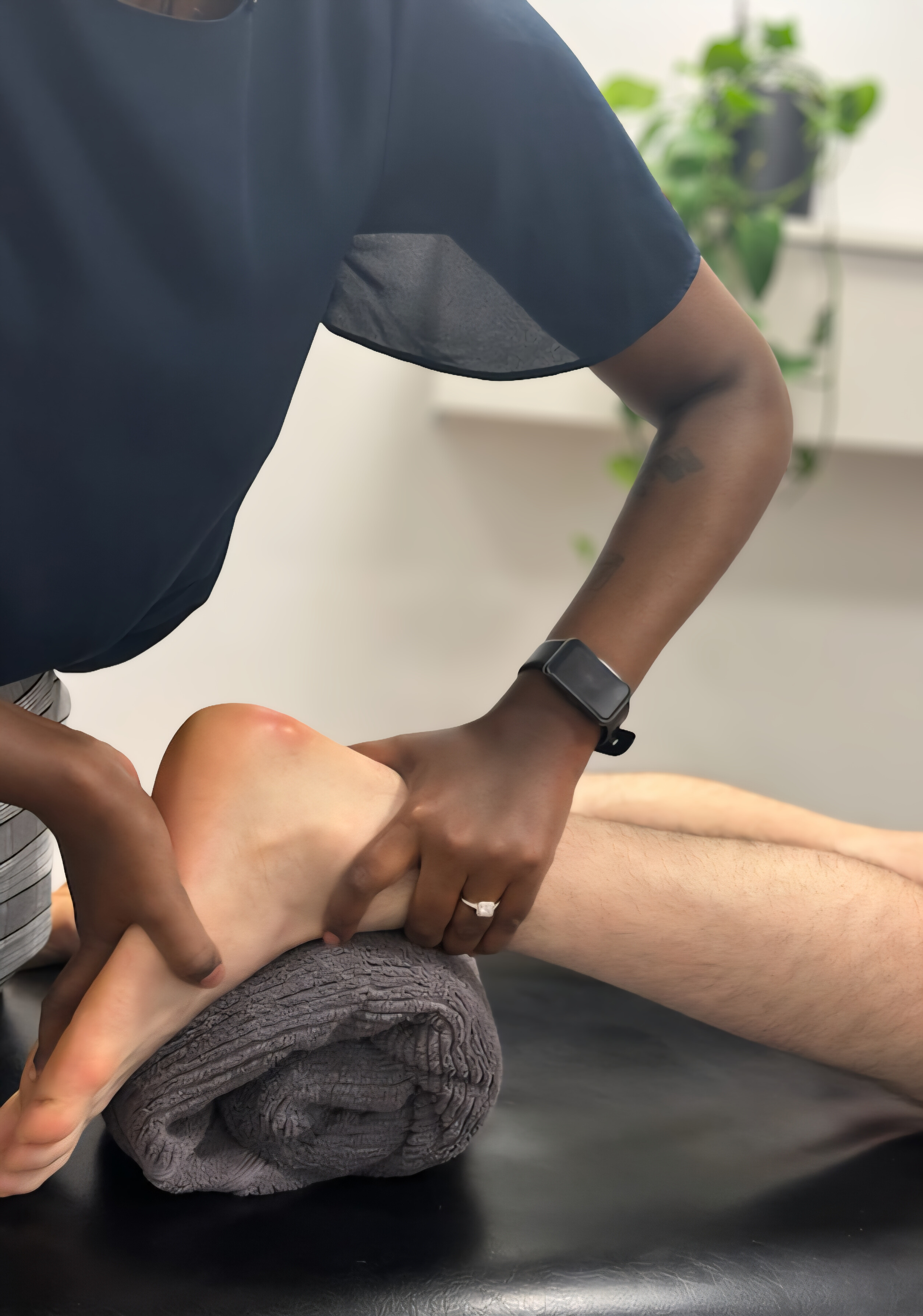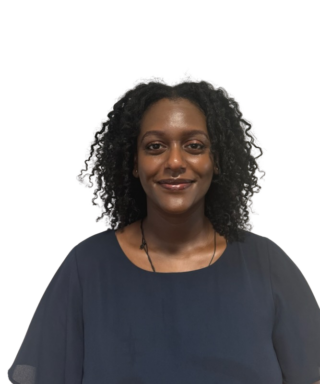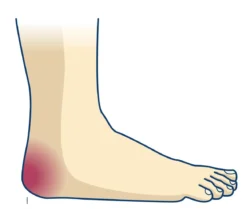Is Your Child Complaining of Heel Pain? Read on….
Published on
15 Aug 2025


Written by
Fanaye Seifu
Senior Physiotherapist
Call us on: (03) 9975 4133
As a parent, watching your child struggle with heel pain can be concerning, especially when it affects their ability to participate in their favourite sports or activities. If your child has been complaining of discomfort in their heels, it could be due to a condition called Severs, also known as calcaneal apophysitis. Let’s dive into what this condition is and how physiotherapy can provide relief and support.
What is Severs?
Severs is a common cause of heel pain in growing children, especially those who are physically active. It occurs when the growth plate in the heel becomes irritated due to repetitive stress or pressure—often from sports or physical activities. This irritation leads to pain and inflammation. Typically, Severs affects children between the ages of 8 and 14, during their growth spurt.

3 Common Signs and Symptoms of Severs
If your child is experiencing any of the following symptoms, it may indicate Severs:
- Heel Pain: Your child may complain of pain at the back of the heel, especially after activities such as running, jumping, or playing sports. This pain often worsens with increased activity and might ease with rest.
- Tenderness: When you press on the back of the heel, your child may feel discomfort or pain. This is a common sign of inflammation in the growth plate.
- Limping or Avoiding Activities: Due to the pain, your child might start limping or avoiding certain activities, particularly those that involve running, jumping, or putting heavy stress on their feet.
How We Can Help
If you’ve noticed these symptoms in your child, seeking physiotherapy treatment is a proactive step toward helping them recover and prevent future injuries. Here’s how our expert Physiotherapists and Podiatrists can help:
1. Personalised Activity Modification
At Pure Physio, we understand the importance of sports and physical activities in your child’s life. Our clinicians will work with you to create a personalised plan that includes safe activity modifications. For example, we’ll help you determine how often your child should participate in sports and ensure that training sessions and games are balanced with proper rest periods. This helps manage load and prevents further aggravation of the injury.
2. Effective Pain Management
To help alleviate pain and inflammation, we use various pain management techniques such as:
- Manual Therapy: Hands-on treatments to ease discomfort.
- Ice Therapy: To reduce swelling and inflammation.
- Taping: Supportive taping techniques that help relieve pressure on the heel.
- Heel Raises and Orthotics: Fitting heel raises, and at times orthotics, can reduce strain and improve your child’s ability to walk and run.
3. Exercises
Severs often causes tension in the calf muscles, Achilles tendon, and foot structures. We’ll guide your child through a series of tailored stretching and strengthening exercises designed to improve flexibility, reduce strain, and support the muscles surrounding the heel.
4. Footwear Guidance
The right footwear plays a crucial role in managing Severs. Our expert clinicians will assess your child’s foot posture and gait and provide recommendations on the best shoes for their specific needs. Proper footwear can help optimise their walking pattern, reduce pressure on the heel, and promote long-term comfort.
Ready to Help Your Child?
Contact Pure Physio today to schedule an appointment and take the first step toward relieving your child’s heel pain. We’re here to ensure your child can get back to enjoying their favourite sports and activities with confidence!
About the Author
Fanaye Seifu — Senior Physiotherapist
Fanaye’s a go-to for sports rehab with experience treating premier Rugby and Rugby league teams in Auckland. She specialises in managing cervicogenic headaches and lower back pain. Since moving to Melbourne in 2021, she has expanded her skill set in post-operative rehab for knee and hip conditions, working across private practice and community settings.
Back to blog home